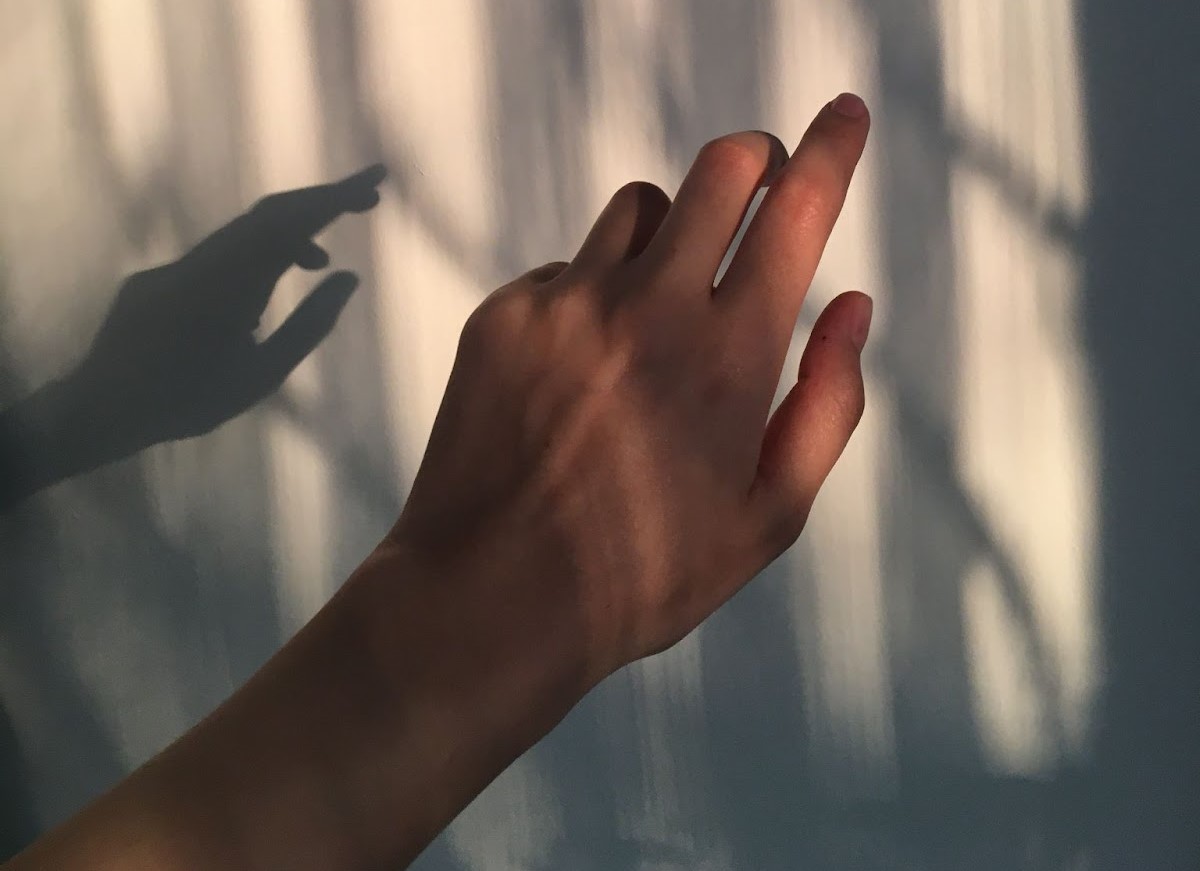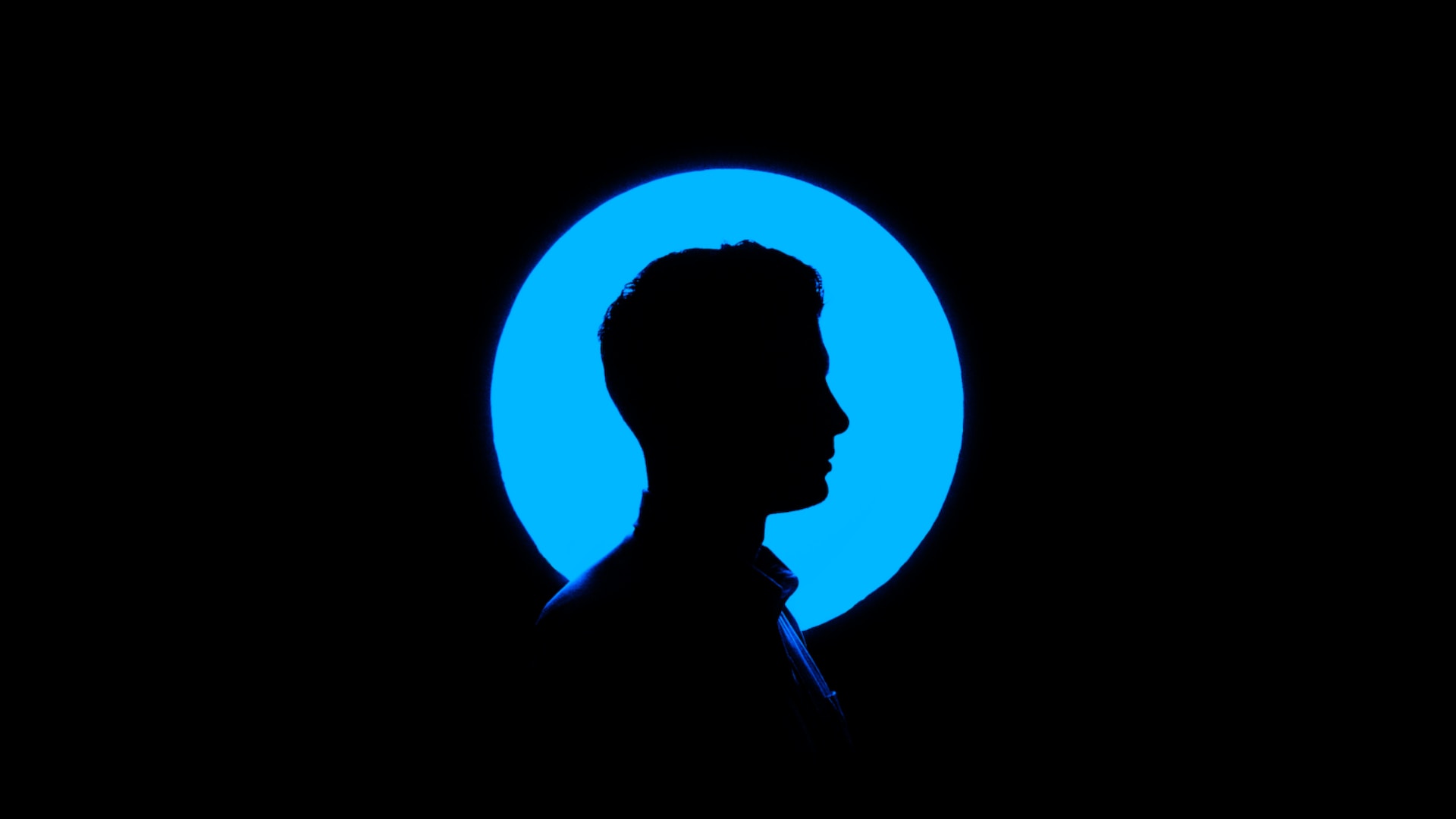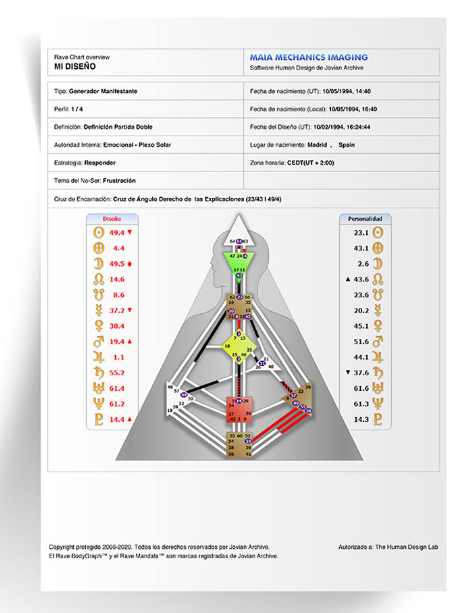Articles

5 exciting business events in Barcelona this May
16 de April de 2024

“Human beings are works in progress that mistakenly think they’re finished”, says Dan Gilbert, a psychologist, Harvard professor and writer. This is exciting because it means there’s always something new to discover about ourselves. The fields of personal development, psychology and human behavior provide us with resources to navigate this process —of rediscovering ourselves in a more flexible and kind way.
There’s a new self-awareness tool that’s revolutionizing personal development, the work paradigm, the concept of productivity and the notion of success. It’s called Human Design and it’s an instrument based on archetypes that helps you make better decisions. It functions as a guide to help you move forward in your best interest, according to your energy and the particularities of the archetype you belong to.
Human Design (HD) is a self-awareness tool that helps you understand your energy (social, personal and work-related), how your emotions work and the appropriate way for you to make decisions based on your true nature and integrity — who you genuinely are, without roles or masks to fit into. This tool is a combination of various disciplines, such as Eastern and Western Astrology, the I-Ching, Kabbalah and the Chakra system.

If you find this a bit mystical or esoteric, we invite you to keep reading because this tool can help you in your personal life, how you connect and communicate with others, and in harnessing your particular energy to your advantage, which will have a positive impact on your productivity, talent and profession.
Human Design recognizes the uniqueness of individuals, acknowledging that what works for one person may not work for another. Each person has their own set of traits, energy levels, rest needs, ways of connecting with others and sources of fulfillment. Human Design acts as a guide to help you discover your own talents, gifts and unique qualities, and encourages you to live your life authentically. According to Human Design, this deep understanding of yourself will enable you to use your strengths and share them with the world.
There are four types and one subtype in HD: generators —and manifesting generators, a subtype of the former—, manifestors, projectors and reflectors. Let’s take a look at the traits and characteristics of each one:
1. Generators: They represent 36% of the population. In the workplace, they’re characterized as builders and known as the “life force” of the four types that exist. Unlike others, generators don’t take the initiative, but need external stimuli to respond. To feel satisfied, they need connection, pleasure and enjoyment. Generators feel satisfied when they are acting coherently, from their nature, while frustration is the visible symptom that they aren’t acting from their integrity. They’re people who need to invest their energy in something that truly excites them and in activities that make them happy.
2. Projectors: Representing 20% of the population, projectors are here to guide and bring new ways of relating to money, rest and productivity. They have a great ability to see the potential in others, making them excellent leaders. They help transform society, as long as they are aware of how they function, respect themselves and act from their self-knowledge. Unlike generators, they aren’t designed to constantly “do” and their energy levels fluctuate. They require ample rest, solitude and withdrawal. Unlike other types in Human Design, taking initiative or forcing situations that they desire creates resistance for projectors. That’s why, before guiding others, they need an external push or recognition to ensure they’re investing their energy in the right places.
3. Reflectors: This group is the minority, representing only 1% of the population. As their name suggests, they function as a mirror of society and show us everything we collectively need to work on and improve. One of the main traits of this type is that they can feel a lot of confusion because they feel like they function very differently from the rest of the population. Another characteristic of reflectors is that they have a chameleon-like personality and can adapt to a variety of environments, although not all are suitable for them. This is why one of the great lessons they have ahead of them is to be able to become very selective with the environments they surround themselves with, because they mimic them in such a way that, if they aren’t healthy, they absorb that energy.
4. Manifestors: They represent 8% of society. Unlike other types, such as projectors, they have come to initiate. They’re known for bringing new ideas and being the spark that paves the way for others. They’re the most independent archetype of the four in Human Design, and one of the traits that best defines them is that they need to do things their way: to create, decide and lead as it naturally arises and as they feel it, without being bothered, controlled or interrupted.
Now that you have a comprehensive understanding of DH and the four types, you may discover that you relate to characteristics of multiple types. To discover your type, you can generate your chart by providing details such as your place, date and time of birth. Several websites run by professionals in this field offer tools to calculate your chart. After entering the necessary information, including your name and email address, you’ll receive a chart detailing your type and all the relevant information. You can create your Design Human chart at:

Calculate chart
Learning more about ourselves and how we function can be liberating, but we encourage you not to stop at theory. True change and transformation occur only when we combine knowledge with action and decision-making.